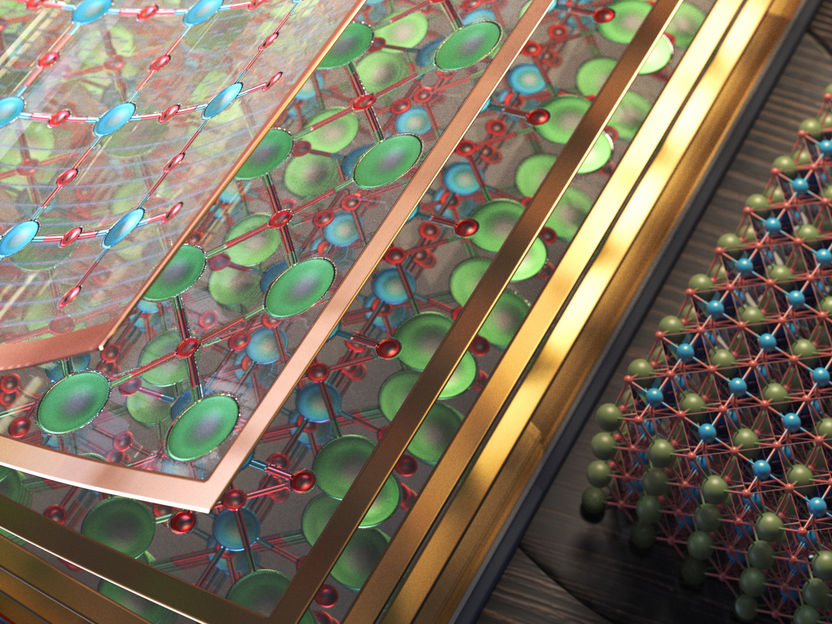A huge step toward mass production of coveted form of carbon
Scientists have leaped over a major hurdle in efforts to begin commercial production of a form of carbon that could rival silicon in its potential for revolutionizing electronics devices ranging from supercomputers to cell phones. Called graphene, the material consists of a layer of Graphite 50,000 times thinner than a human hair with unique electronic properties. Their study appears in ACS' Nano Letters.
Victor Aristov and colleagues indicate that graphene has the potential to replace silicon in high-speed computer processors and other devices. Standing in the way, however, are today's cumbersome, expensive production methods, which result in poor-quality graphene and are not practical for industrial scale applications.
Aristov and colleagues report that they have developed "a very simple procedure for making graphene on the cheap." They describe growing high-quality graphene on the surface of commercially available silicon carbide wafers to produce material with excellent electronic properties. It "represents a huge step toward technological application of this material as the synthesis is compatible with industrial mass production," their report notes.
Other news from the department science

Get the chemical industry in your inbox
By submitting this form you agree that LUMITOS AG will send you the newsletter(s) selected above by email. Your data will not be passed on to third parties. Your data will be stored and processed in accordance with our data protection regulations. LUMITOS may contact you by email for the purpose of advertising or market and opinion surveys. You can revoke your consent at any time without giving reasons to LUMITOS AG, Ernst-Augustin-Str. 2, 12489 Berlin, Germany or by e-mail at revoke@lumitos.com with effect for the future. In addition, each email contains a link to unsubscribe from the corresponding newsletter.
Most read news
More news from our other portals
See the theme worlds for related content
Topic world Synthesis
Chemical synthesis is at the heart of modern chemistry and enables the targeted production of molecules with specific properties. By combining starting materials in defined reaction conditions, chemists can create a wide range of compounds, from simple molecules to complex active ingredients.

Topic world Synthesis
Chemical synthesis is at the heart of modern chemistry and enables the targeted production of molecules with specific properties. By combining starting materials in defined reaction conditions, chemists can create a wide range of compounds, from simple molecules to complex active ingredients.
Last viewed contents
Bayer MaterialScience is to transfer EXATEC shares to GE Plastics




























































